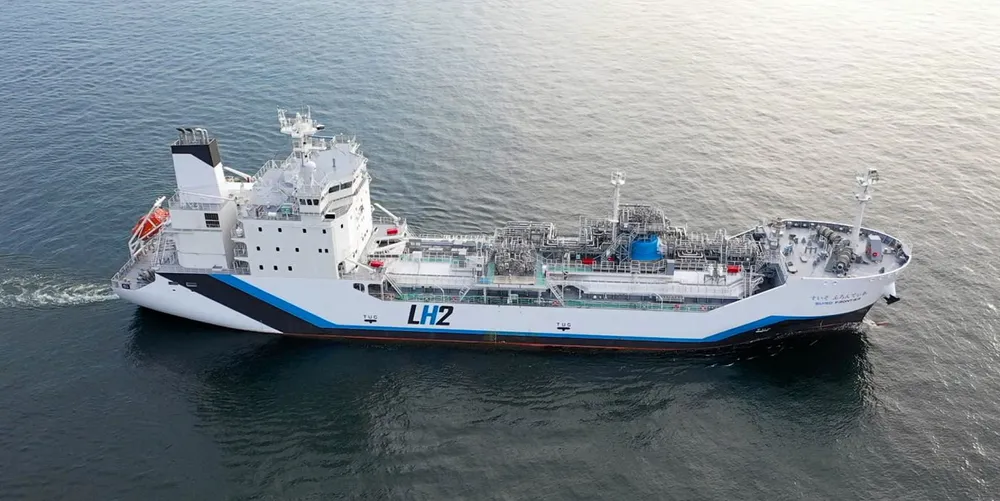DNV rules out pure hydrogen as a future long-distance shipping fuel
Green hydrogen-derived fuels such as ammonia and methanol, however, are far more likely to be significant players in the maritime fuel mix by 2050, says standards firm

Green hydrogen-derived fuels such as ammonia and methanol, however, are far more likely to be significant players in the maritime fuel mix by 2050, says standards firm
